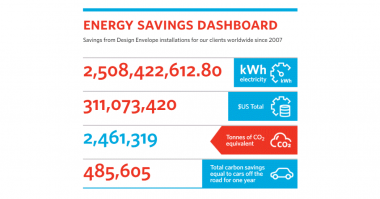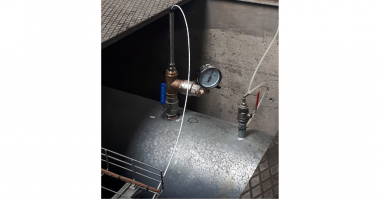TECO-Westinghouse recently completed a system’s engineering project in the Southwestern United States, involving the integration of a 2MW Battery Energy Storage Solution (BESS) with micro-grid configuration. The entire micro-grid configuration was connected to an existing 7MW solar field, produced by none other—than the power of the sun. Precise engineering, alongside supporting inverters and generation were included to integrate elements of electrification, battery storage and renewables to operate the remote system.
“Energy Storage is an essential part of industrial micro-grids.” Explains lead system engineer, Sean Ahsani, who designed and developed the micro-grid system and integrated it to BESS & PV. He continues, “Optimizing flexibility of power systems based on component’s dynamics is our expertise. It will establish reliable power automation solution, causing cost-savings of energy efficiency within operations on industrial grids”
The purpose behind installing the 2MW BESS was led by energy needs at the installation site. Located in the New Mexican desert, the BESS was utilized and applied with several outcomes in mind. Initially, off-setting frequency fluxion resulted in a more solid and robust grid application in the case of the industrial load’s large fluctuation with the drop of a pump, fan or compressor. The power back-up gathered from solar powered renewable energy during peak hours, primarily stored energy needed for on-site operations. This helped meet critical need for operational and energy efficiency. As a by-product, unused energy is sold back to the utility to support the grid.
As harsh weather patterns, brownouts and blackouts occur throughout the United States, BESS and micro-grid systems continue to gain popularity by demand. Investing in on-site energy and supporting components, changes the way companies’ view and experience how energy is used and financed. Upgrades to industrial and commercial on-site management, demonstrates power resilience with the added values in cost-savings, operational, and energy efficiency functions.





Comments